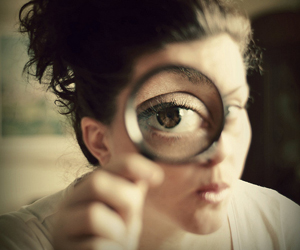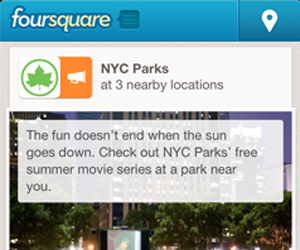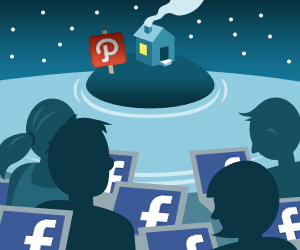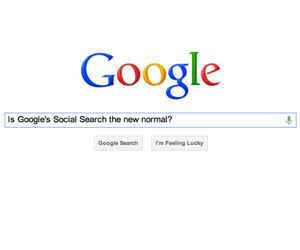
How Story Platforms Help Global Brands Go Local
While the current turmoil in Cairo may obscure the post-revolutionary optimism that pervaded the city last winter, that mood was powerful at the time. Despite the chaos in the virtual absence of government, the metropolitan region of some 14 million was taken over in January by an Arabic pop music video urging people to "go crazy" by committing acts of kindness to spread happiness. The film, produced by Coca Cola, features street scenes of people being kind and happy in well-known Cairo locations. Locals say it perfectly reflected the hopefulness and optimism of Egypt's people as they embarked on the difficult path of building a new democracy.
Editor's picks
- Casinos Not On Gamstop
- Best Non Gamstop Casinos UK
- Best Non Gamstop Casinos In The UK
- Casino Not On Gamstop
- Non Gamstop Casino Sites UK
- Slots Not On Gamstop
- Online Casino Canada
- Non Gamstop Casino UK
- カジノ オンライン
- Casino Not On Gamstop
- Casino Sites Not On Gamstop
- Casino Sites Not On Gamstop
- Sites Not On Gamstop
- Casinos Not On Gamstop
- Meilleur Casino En Ligne
- UK Online Casinos Not On Gamstop
- Online Casinos
- Non Gamstop Casinos
- Casino Not On Gamstop










